Plant Profile Magenta Plant - Dicliptera tinctoria
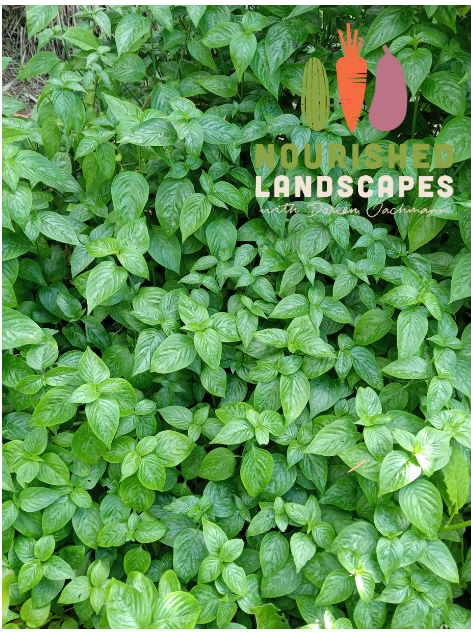
Plant Profile Magenta Plant - Dicliptera tinctoria
Common Names: Native Mulla Mulla, Kandjoli, Hop Goodeniaceae
Scientific Name: Dicliptera tinctoria
Family: Acanthaceae
Plant Type: Perennial herb or subshrub
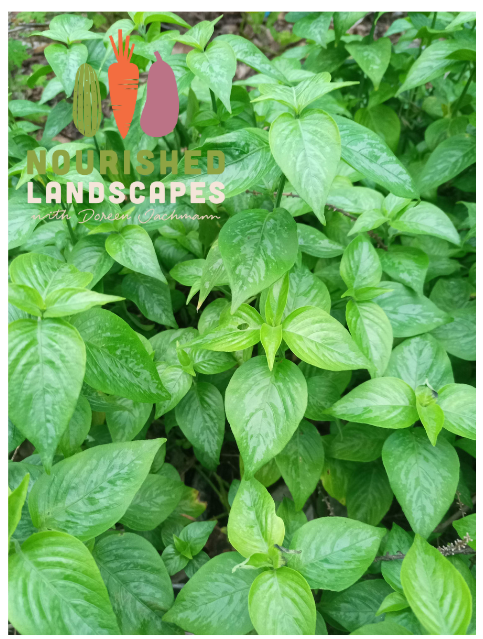
Great ground cover around fruit trees.
Physical Description
- Height: 30–60 cm.
- Spread: 30–50 cm.
- Leaves: Narrow, lance-shaped, green to grey-green leaves with a slightly hairy texture.
- Flowers: Small, tubular, purple to pink flowers, often with a bilobed shape, blooming primarily in spring and summer.
- Roots: Fibrous root system, typical of hardy herbaceous plants.
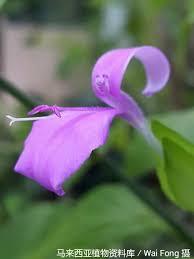
Habitat and Distribution
- Native Range: South East Asia
- Habitat: Grows in sandy or well-drained soils, often found in grasslands, woodlands, and open forests.
- Climate Zones: Subtropical, tropical
Growing Conditions
- Light: Prefers light shade, will tolerate full sun and grows well as a ground cover in shaded areas.
- Soil: Well-draining, moist soils, including sandy or loamy substrates. Thrives in slightly acidic to neutral pH (6.0–7.5).
- Water: Drought-tolerant once established, requiring minimal watering.
- Temperature: Hardy to warm and dry conditions but may require protection from severe frost.
- Fertiliser: I have grown it for many years in forest gardens around fruit trees and never fertilise it.
Uses in Permaculture
- Ground Cover: Spreads effectively, helping to reduce soil erosion and suppress weeds.
- Pollinator Support: Attracts native bees, butterflies, and other beneficial insects with its vibrant flowers.
- Drought Resilience: Suitable for low-water landscapes and xeriscaping in permaculture systems.
Edible and Other Uses
- Traditional Dye: The plant is a known source of natural dye, traditionally used by Indigenous Australians.
- Medicinal Uses: Historically utilised in Indigenous medicine for treating minor ailments, though specific applications may vary by region.
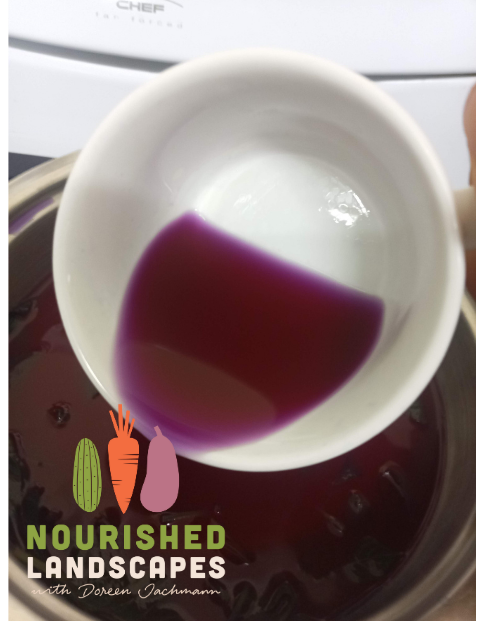
Magenta Plant colouring
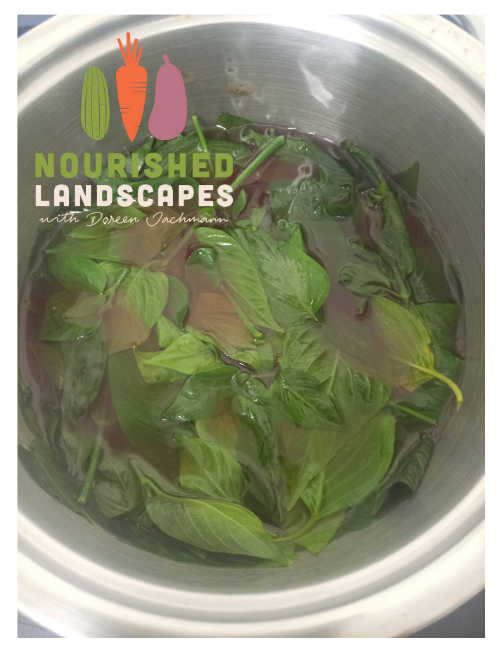
Magenta Plant leaves simmering for 20mins to extract the colour.
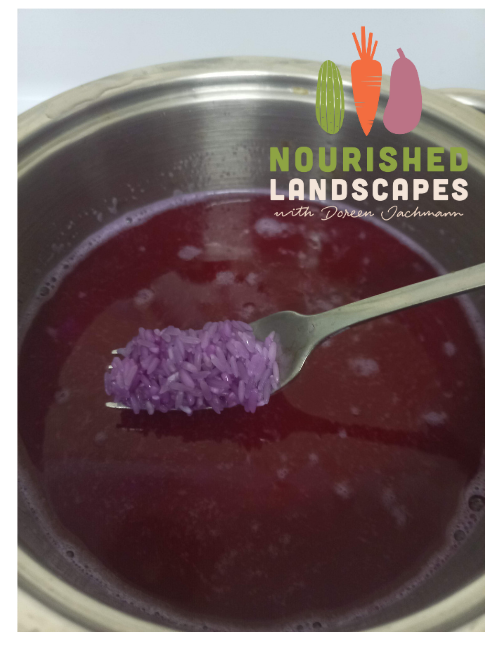
Using the extracted colour as a natural food dye. Rice
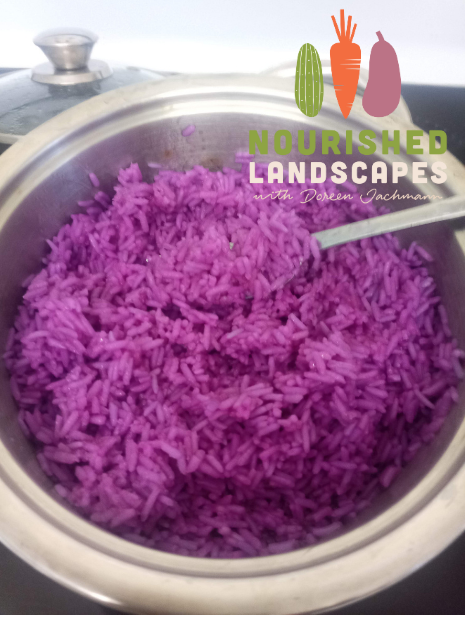
Using the extracted colour as a natural food dye - Rice.
Propagation
- Seeds: Collect seeds from dried flower heads, sow in well-draining seed-raising mix, and keep moist until germination (2–4 weeks).
- Cuttings: Semi-hardwood cuttings taken in spring root readily in warm, humid conditions.
- Division: Established clumps can be divided and replanted to propagate new plants.
Seasonal Care for the southern hemisphere
- Spring (September–November): Sow seeds or plant new specimens. Flowering typically begins in late spring.
- Summer (December–February): Minimal care required; water sparingly during prolonged dry periods.
- Autumn (March–May): Collect seeds for propagation and prune lightly to maintain shape.
- Winter (June–August): Protect from frost in cooler regions and mulch to retain soil warmth.
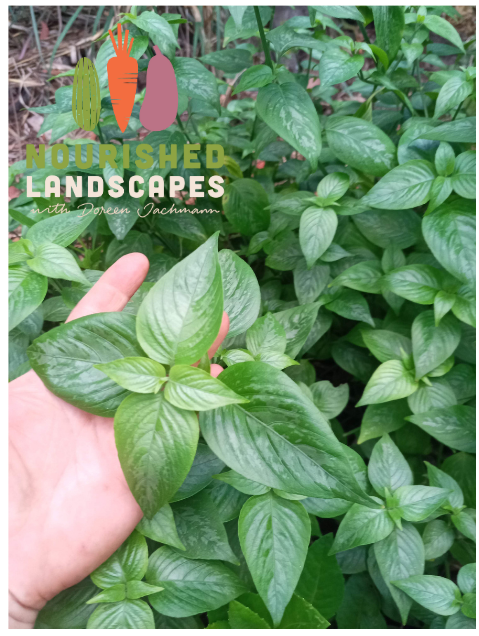
Beautiful, rare Magenta Plant.
Pests and Diseases
- Common Pests: Rarely affected by pests but may occasionally attract sap-sucking insects.
- Diseases: Generally resistant to diseases; ensure proper drainage to prevent root rot.
Harvesting and Maintenance
- Seed Collection: Harvest seeds once the flower heads dry and brown. Store seeds in a cool, dry place for future planting.
- Pruning: Cut back after flowering to encourage compact growth and prevent legginess.
Special Considerations
- Indigenous Significance: The plant has cultural and practical importance in traditional Australian practices, particularly for its use as a natural dye.
- Low Maintenance: Ideal for waterwise gardens and areas with poor soil conditions.
Dicliptera tinctoria is a resilient and versatile native plant, perfect for ecological restoration, low-maintenance gardens, and as a contribution to biodiversity.
----------------------------------------------
About the Author
Doreen Jachmann from Nourished Landscapes has been providing permaculture services for over 10 years.
Doreen is passionate about helping people create sustainable and resilient landscapes.
Nourished Landscapes offer a variety of services, including:
* Permaculture design and installation
* Permaculture education, presentations and workshops
* Permaculture consulting
If you are interested in learning more about permaculture, please contact us today!
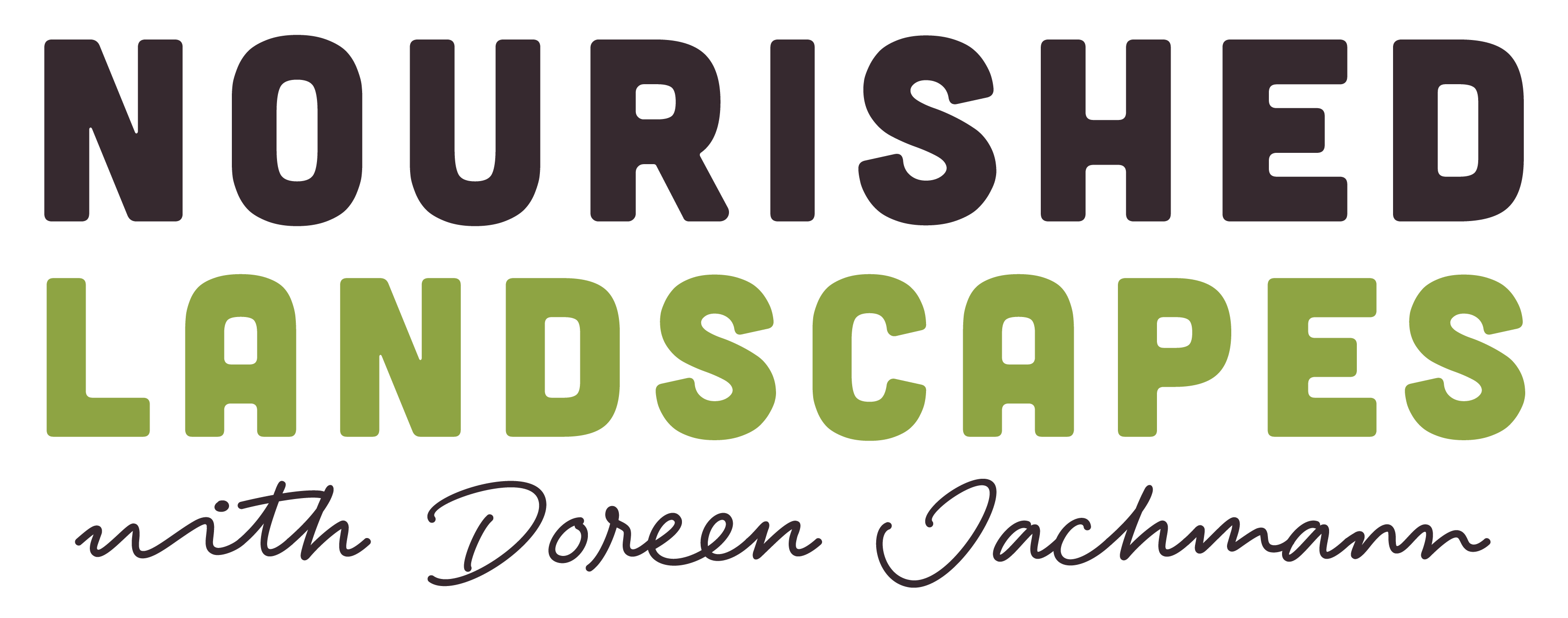

0 comments
Leave a comment
Please log in or register to post a comment